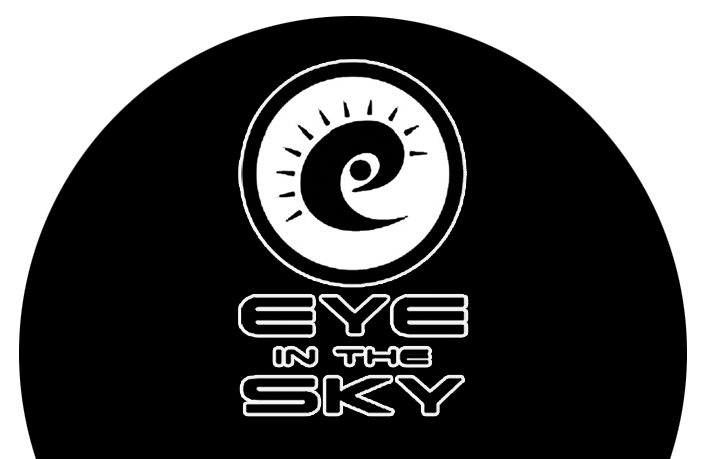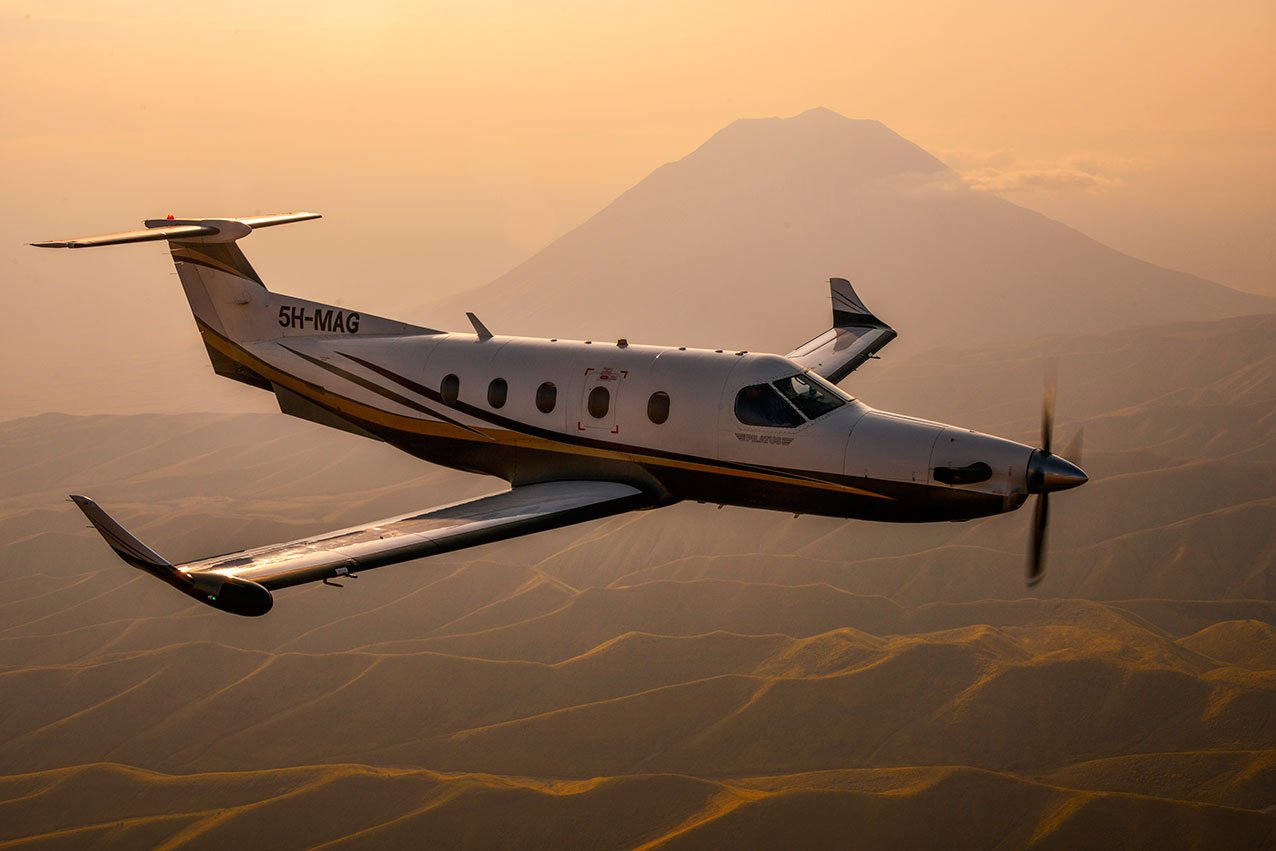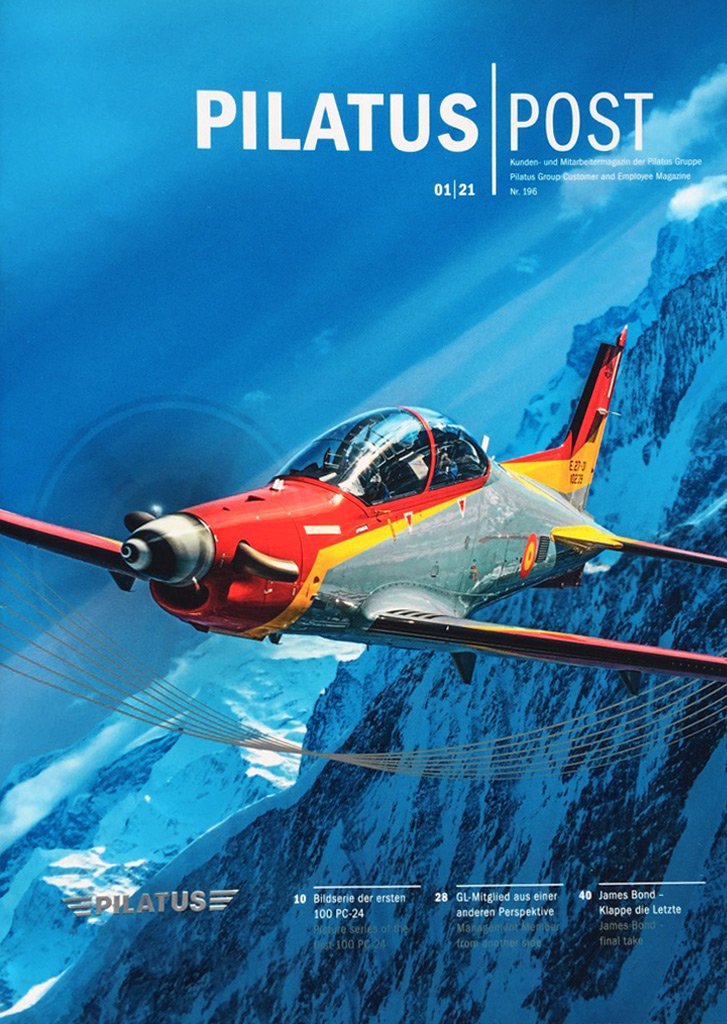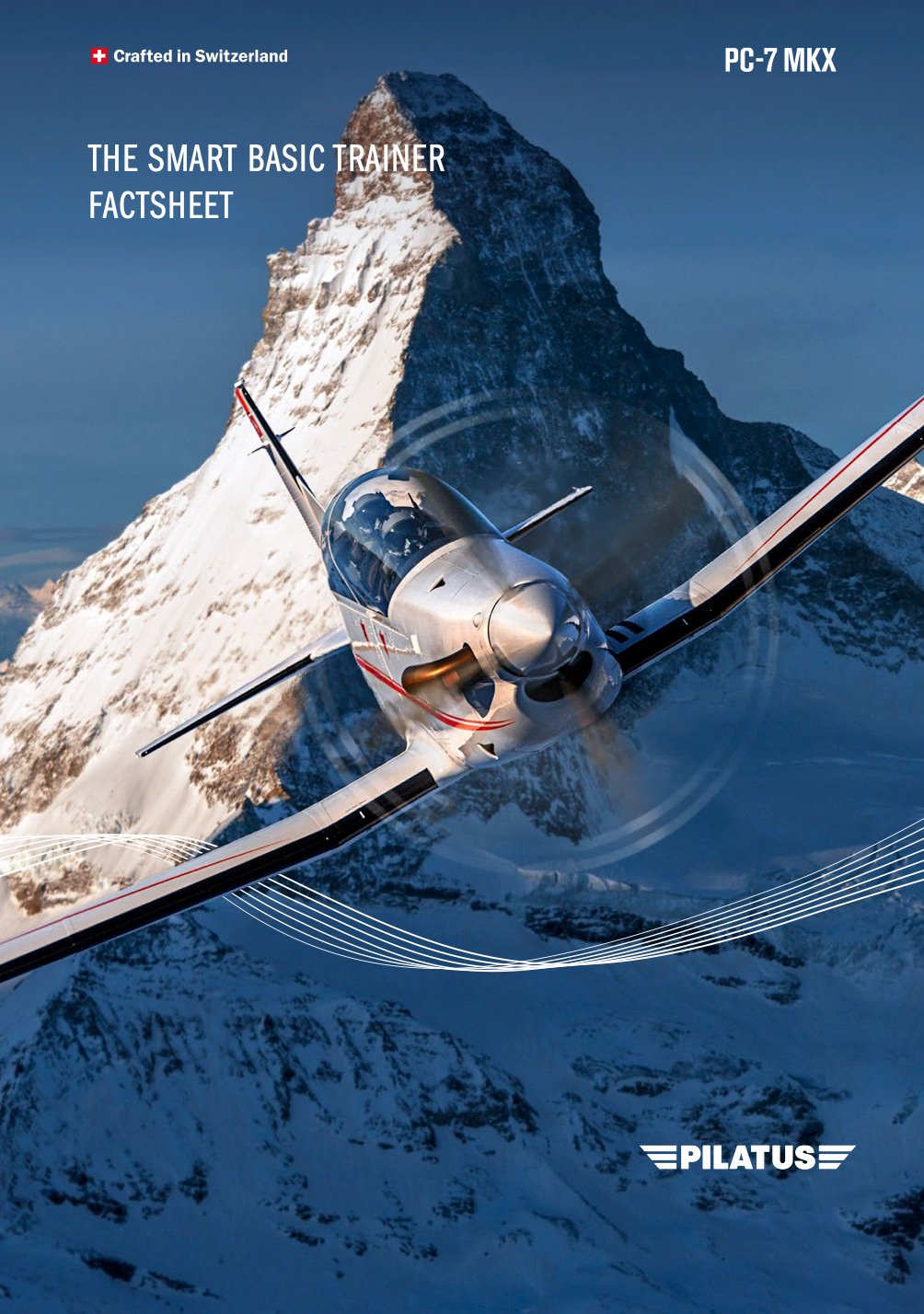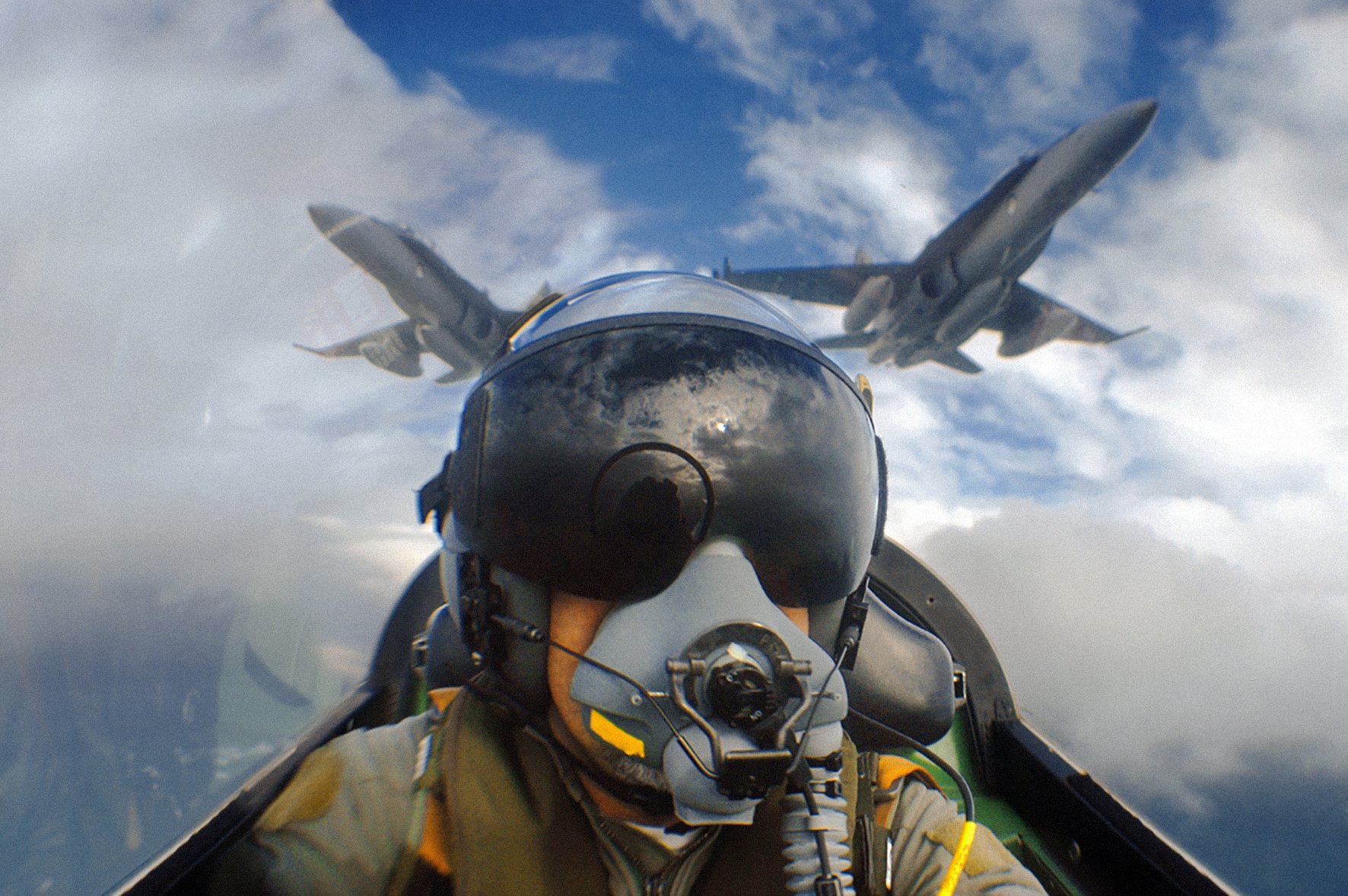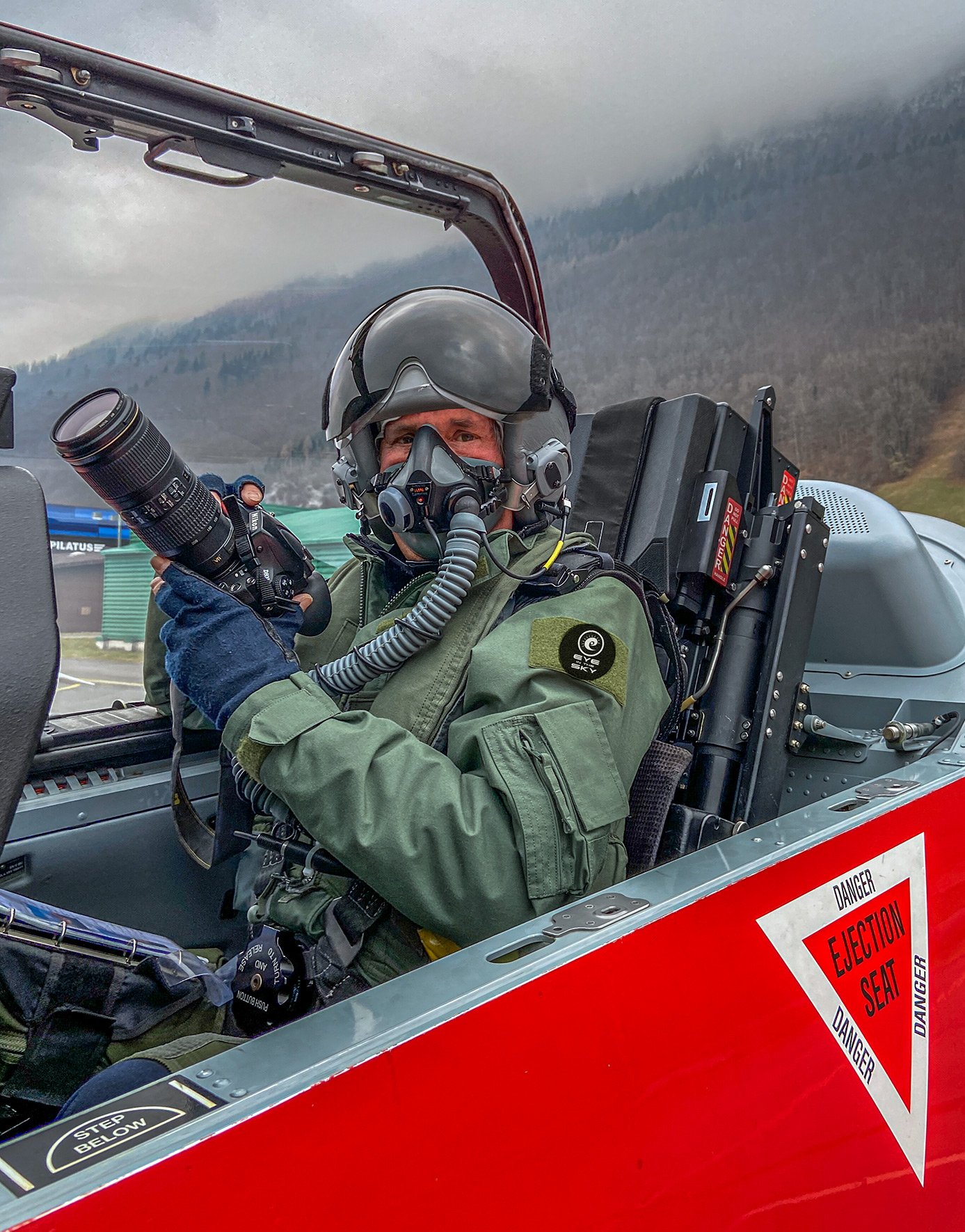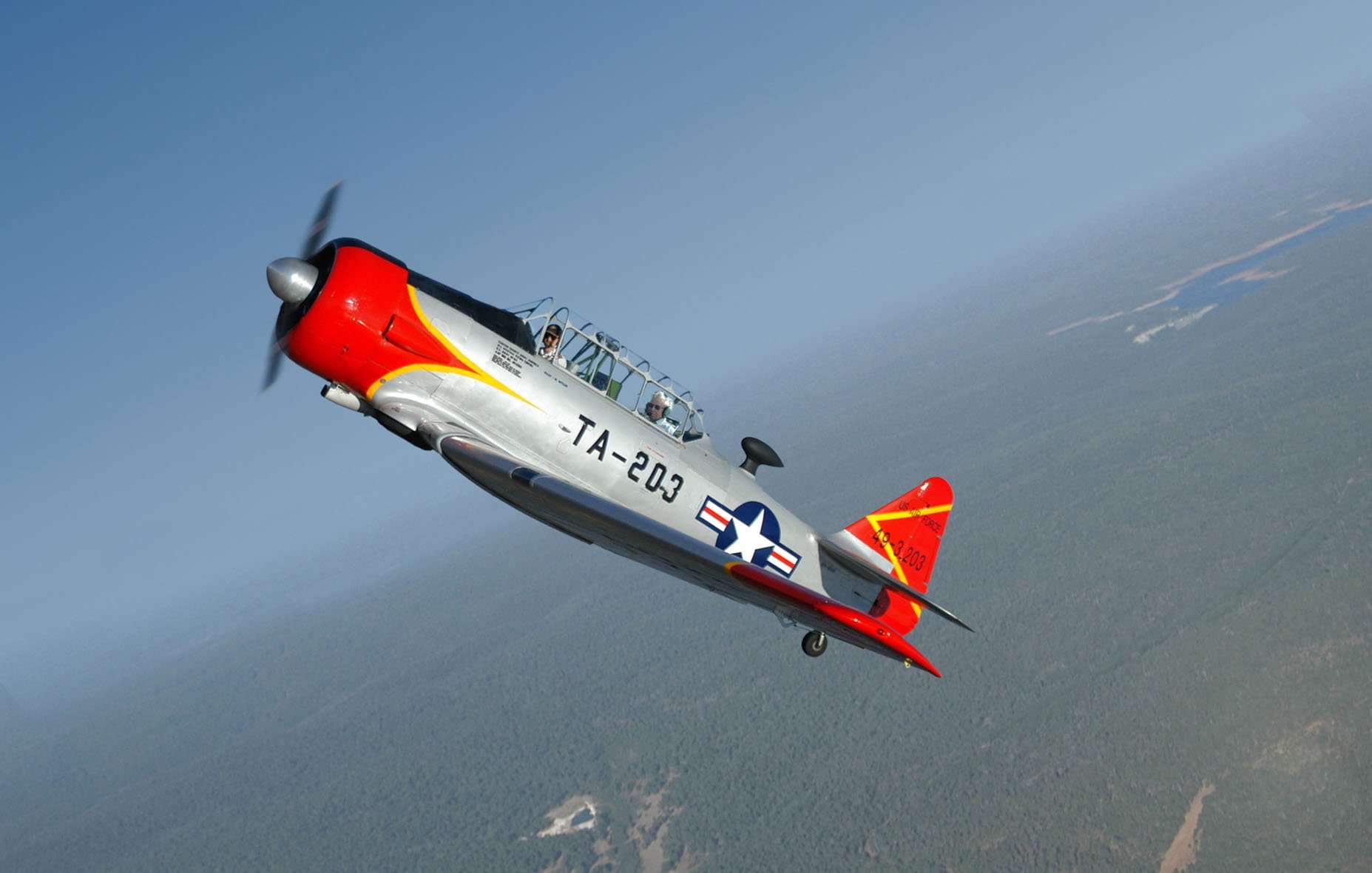AIRTOAIR
AIR-TO-AIR - from one aircraft to another
This is a huge subject and personally my favourite place to be. I will break this down into camera ship type, that is the platform that you shoot from. Helicopters, fixed wing aircraft and military. Then some thoughts on techniques, cameras etc.
I always use the 24 hour clock as my orientation device. Ahead of you in the helicopter or aircraft it is always 12 O’Clock, behind you is 6 O’Clock. To your right is 3 O’Clock and to your left is your 9 O’Clock position. This must always be your point of reference for all communications, no matter what position you are in the cameraship. For instance if I am facing aft, shooting to the rear of my aircraft, our 12 O’Clock is behind me.
My communication to my pilot in this case if he asks would be ‘Affirmative, I see him, he’s in our 6 about 500 metres and below’.
CAMERA SHIPS / PLATFORMS
I usually shoot from two types of helicopters, the Robinson R44 and the Eurocopter AS350 Squirrel. Both have their benefits and downsides.
a. The AS350 is larger, it can carry your assistant without affecting its speed too much. But it is more expensive to operate, so it depends on your clients budget as to which machine they agree to. Both of these machines will operate around 120 kts which is fine for most of your subjects.
b. The R44 is small, fast and has superb all round visibility, plus it is about half the cost of an AS350 to operate. But any passengers will affect its speed.
Both of these machines can give you a view from your 4 O’Clock to your 2 O’Clock positions. Plus about 45 degrees downwards in both positions.
1) Both will give you a problem if your subject goes above the spinning rotors (1). So you need to plan what sort of shots you want and allow for this. Anywhere at 4 or 1 side on is good, as is looking down to your subject. A left bank is preferable if you want your subject to be against the sky. If you want background behind your subject in a left hand bank, then you need to be lower than the background. This has its problems as you can imagine, so a mountainous background works well here.
Cessna Caravan - fixed wing
This is a great aircraft to shoot from, where I can get almost head-on, to side on and three-quarter views. Tail on shots are not so easy as the Caravan has a large wing strut which is hard to get around visually.
Shorts Skyvan - fixed wing
This amazing aircraft offers you the ability to get head-on shots of your subject. Short of using a C130 Hercules, the Skyvan is the next best choice.
Eurocopter AS350 Squirrel - Helicopter
Like the R44, this helicopter will offer you an almost 150 degrees sweep of space with which to position your subject. It is large enough to have your assistant alongside you as well. Sliding the door back will affect its speed, but it is essential.
Military trainers. PC9 / PC21 / T6 Texan / Bae Hawk - fixed wing
With these camera ships you will be getting you into the fast and furious category, as usually your subjects will have your same speed or greater! This means a greater level of preparation, safety and planning as speeds and heights are much greater. Plus the ‘G’ forces acting upon you are proportional!
Robinson R44 - helicopter
This nimble little machine is a great camera platform, it is fast, responsive and offers great visual perspectives from any angle. The only downside is that the speed is compromised if you have passengers/assistants on board.
Cessna 182 / 206 - fixed wing
The Cessna family of aircraft are great for shoots where you can match the speed of your subjects. You have a great view from your 5 O’Clock to your 10 O’Clock positions. The high wing, struts and landing gear can be a problem depending on the Cessna marque.
All photography and information © Jon Davison 2022
BACK TO MAIN MENU

